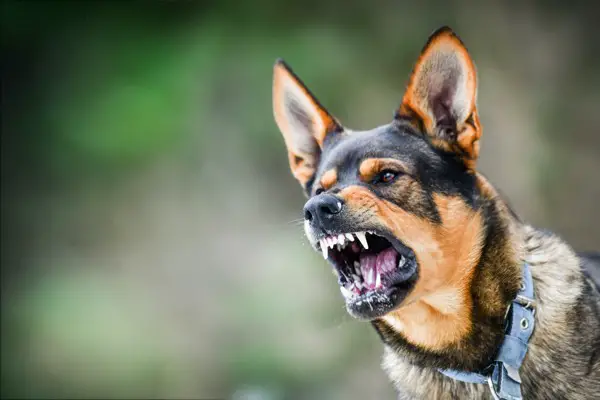According to the latest National Pet Owners Survey, about 85 million U.S. households own at least one kind of pet. Dogs are the most prevalent, with three in four families having one, followed by cats, freshwater fish, and birds. If all these pet owners formed their own state, it would have more people than California, Texas, and Pennsylvania combined.
It’s a pet owners’ responsibility to ensure safe living conditions for their animal companions. Not only do they need to keep their pets out of harm’s way but also anyone who interacts with them. If the animal resorts to aggression for any reason, known or unknown, the owner must be ready to take responsibility.
But the law isn’t as clear-cut as this. Dog owners can argue that the victim caused the incident by provoking the animal, intentional or otherwise. In some cases, they can also say that the victim shouldn’t have been where it happened (i.e., entering the pet owner’s property without permission). You can check out the post right here for more details, with all this information provided, it’s clear animal injury lawsuits are trickier than they seem.

Determining liability will require a combination of meticulous attention to detail, especially in the play-by-play running up to the moment of injury. Here’s a guide on who should rightfully bear the blame for the unfortunate incident.
When The Owner Is Liable
State laws on animal injury liability, namely dog bites, usually center on how much the pet owner can be held accountable for the incident. There are two ways to determine this: strict liability and the one-bite rule. While most states employ either means, it’s not unusual for some to use both.
In strict liability, the owner would be held responsible for the victim’s injury caused by the animal, regardless of the extent. There’s little to no need for the victim to prove the owner’s liability since the law guarantees the latter’s liability either way. Most states use this for its straightforwardness and ease of settlement.
In the one-bite rule, the owner would be held responsible if they knew beforehand that their pet tends to exhibit hostility. They must inform visitors or passersby that the animal can be dangerous at this time and that caution is highly advisable. States hardly use this rule alone because proving the assumption of risk can be difficult.

Given these, some pet owners tend to carry homeowners or renter’s insurance that includes dog bite liability. However, certain caveats prevent it from being widely adopted, like increasing premiums or excluding the dog from the coverage if it has already bitten someone.
However, since current statutes only cover dog bites, there’s no clear framework for injuries caused by other animals like cats. Generally, they would fall under a standard negligence case. Here are a few examples where the owner can be held liable:
- Failure to keep the animal confined as per local laws (e.g., leashed or caged).
- Knowing full well that the animal could exhibit aggression before the incident.
- Related to the above, failure to address the source of the animal’s hostility.
- Having a clear and present intent to release the animal to cause bodily harm.
- Failure to comply with local authorities to deal with the animal as deemed fit.
When The Victim Is Liable
What makes animal injury litigation tricky is the factor of unpredictability. In terms of dogs, biting can be a natural reaction to a slew of emotions, ranging from pain to excitement; they don’t make their feelings evident like humans. To conclude that a dog bit you because it hates you isn’t entirely correct, but it’s still violent aggression.
In this regard, the owner can argue that the victim’s actions, to an extent, contributed to the mishap. It also helps their case if the state uses comparative negligence to determine how much the victim can rightfully claim. Below are some scenarios that can prove the victim’s fault:
- Ignoring signs and the owner’s warnings about the animal’s harmful tendencies.
- Trespassing or getting attacked at a place where the victim had no legal right to be.
- Insisting on petting the animal or interacting with it despite clear signs of aggression.
- Attempting to break up a fight between aggressive pets on the loose in the community.
Conclusion
No matter how an animal attack unfolds, a resulting injury should give you the right to pursue just compensation. Talk to a lawyer specializing in animal injury lawsuits to know what you should do after the incident. You shouldn’t be paying out of your own pocket for an incident possibly caused by someone’s negligence.





